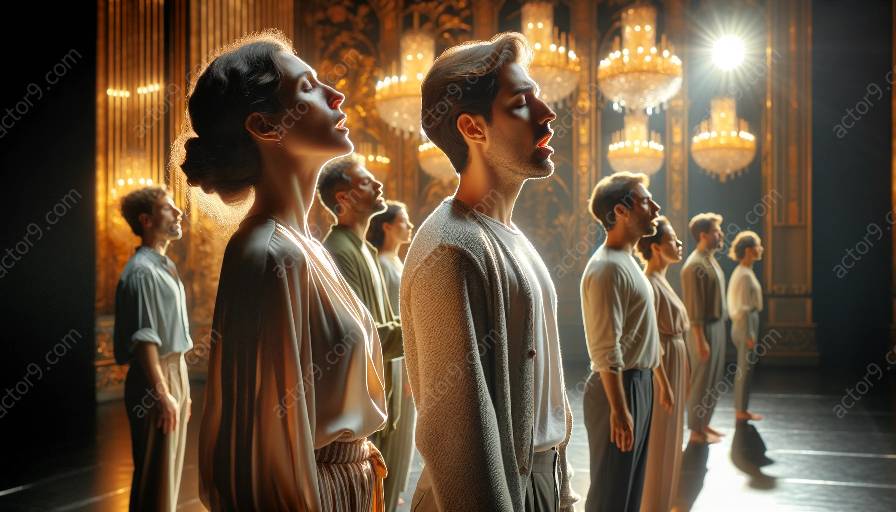Introduction
The Linklater Voice Technique is a renowned method for actors to improve their vocal expressiveness and overall performance. As the industry continues to evolve, new innovations and future directions are emerging in this technique, impacting the landscape of acting training and performance. This article explores the cutting-edge developments and potential advances in the Linklater Voice Technique, highlighting its compatibility with acting techniques and its role in shaping the future of voice and acting training.
Compatibility with Acting Techniques
The Linklater Voice Technique is closely aligned with acting techniques, as it focuses on the transformative power of the voice in conveying emotions and characters. The integration of vocal exercises and breath work in the Linklater Technique enhances an actor's ability to embody different roles and connect with their characters on a profound level. This compatibility underscores the importance of integrating voice training with acting techniques to create a holistic approach to performance.
Innovations in Linklater Voice Technique
Recent innovations in the Linklater Voice Technique have expanded its scope and effectiveness in actor training. Advancements in technology have allowed for the development of interactive online platforms and apps that provide personalized vocal exercises and feedback, enabling actors to engage in voice training remotely. This digital transformation in voice technique training offers accessibility and convenience for actors, breaking down geographical barriers and expanding the reach of the Linklater Technique.
Furthermore, advancements in neuroscientific research have influenced the evolution of the Linklater Voice Technique. Understanding the neurological connections between voice, emotion, and expression has led to new approaches in aligning vocal training with cognitive and emotional processes. By incorporating the latest findings in neuroscience, the Linklater Technique continues to refine its methodologies, leading to breakthroughs in vocal expression and communication.
Future Directions
The future directions of the Linklater Voice Technique hold great promise for the acting industry. With the ongoing integration of virtual reality and augmented reality technologies, actors may soon have the opportunity to immerse themselves in simulated environments that challenge their vocal capabilities and adaptability. These innovative applications of technology in voice training can revolutionize the way actors prepare for diverse performance settings, from stage productions to film and television.
Additionally, the Linklater Technique is poised to embrace interdisciplinary collaborations with other artistic disciplines, such as dance and music. By exploring synergies with other creative forms, actors can expand their vocal range and artistic expression, enriching their performances with multidimensional storytelling and sensory experiences.
Conclusion
The ongoing innovations and future directions in the Linklater Voice Technique are reshaping the landscape of voice and acting training, offering actors transformative opportunities for honing their vocal skills and emotional connectivity. The compatibility of the Linklater Technique with acting techniques underscores its integral role in cultivating authentic and compelling performances. As the industry continues to evolve, the Linklater Voice Technique remains at the forefront of empowering actors to unleash the full potential of their voices and artistic expression.













































